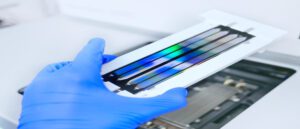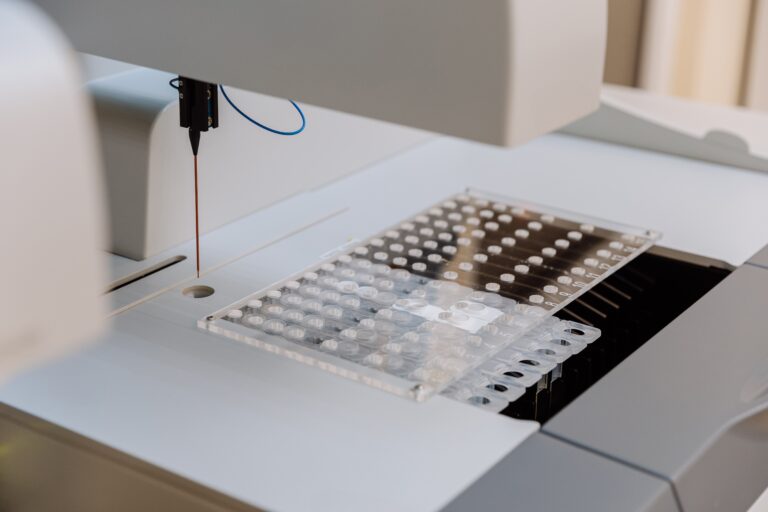Platomics announces new collaborations Read the Press Releases

What’s a Workflow Studio for, anyway?
Our Workflow Studio has gone live and we’ve opened the gates!
But wait a minute, the IVDR says that labs must document their in-house tests.
So one question we often hear is:
Why document entire workflows?
Let’s start at the beginning:
What does the IVDR demand of manufacturers and labs?
Manufacturers must fulfill stringent new requirements to CE-mark their products. Famously, this fact—combined with the small number of notified bodies accredited for IVDR certification thus far—has created a bottle neck in (re)certifying over 30,000 products.
And labs must now show that they fulfill some of the same requirements as manufacturers for all in-house-developed IVD tests. The logic here: If a lab alters any aspect of a product’s intended purpose or use—as defined by the manufacturer—they become the de facto manufacturer of the test they offer. If you modify it, you’ve manufactured it.
So why document workflows?
Some lab-developed tests are more complex and involve many components—not all currently CE-marked (in part because of the bottleneck) nor used exactly according to the manufacturer’s intended scope. One clear example here: the rapidly developing realm of genetic testing for rare diseases and oncology.
And some combinations of components are used in several different tests, for example PCR, and are thus best documented together and embedded within the documentation for more complex workflows.
So it is often easier for a lab to group the components into a single “system” of devices. Then the lab can describe the individual steps they follow—some perhaps out of the intended scope—and document this system as a workflow that can be validated as a whole. Most of the labs we work with are gravitating toward this strategy.
What is the “gate opening” and what does it do for labs?
Let’s say your lab has decided on the strategy to group and start documenting a workflow. Why use the Workflow Studio?
Because automation is so much faster than collecting and filling in component information manually! Our tool establishes a connection between manufacturers and labs to ensure you automatically get up-to-date information about the components when you build your workflow. This information then reappears wherever you need it in your documentation.
In the Workflow Studio, just select the components you use from the growing product list on our platform to put together a workflow. The result: the product name, manufacturer information, product metadata, regulatory status and a description are integrated into the workflow documentation and into each set of subsequent documentation where needed.
If you do not find in our product list a particular component needed for one of your workflows, either fill it in manually or create a placeholder and then use the request form that notifies the manufacturer of your product request.
The big picture
We at Platomics are in awe of the incredible pace of innovation as precision medicine evolves. And we believe in ensuring that innovative diagnostics are available, safe and effective. This is why we are building a multi-stakeholder compliance platform: to simplify and speed up the regulatory route—to bring innovation to patients, faster.

*Disclaimer: We have compiled the above information to the best of our knowledge, yet our blog entries do not constitute expert advice and cannot substitute your own examination of the legal situation applicable to you and your organization.



